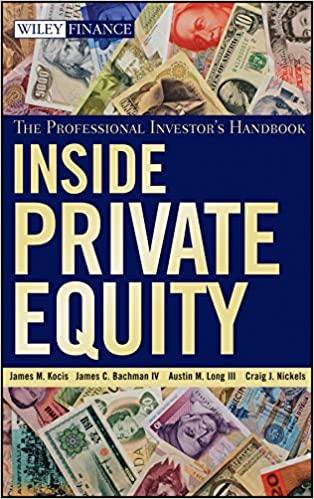Answered step by step
Verified Expert Solution
Question
1 Approved Answer
data https://drive.google.com/open?id=1X0D5fPK_KwCrgwL_-ThwbCZmnZWp4a6r Suppose that a non-dividend-paying stock has dy ynamics where W is Brownian motion under risk-neutral probabilities, and where the time-dependent but non-random volatility

data https://drive.google.com/open?id=1X0D5fPK_KwCrgwL_-ThwbCZmnZWp4a6r
Suppose that a non-dividend-paying stock has dy ynamics where W is Brownian motion under risk-neutral probabilities, and where the time-dependent but non-random volatility function : [0,1] R satisfies all required technical conditions (e.g. square-integrable) Fact: It can be shown that this instantaneous volatility function is related to the time-0 Black-Scholes implied volatility imp by the following formula imp (a.) (2 marks) Are the dynamics (2) capable of generating an implied volatility skew (non- constant with respect to K)? Explain briefly (b.) (8 marks) Let So 100 andr 0.05. At time 0, you observe the prices of at-the- money (this means K 100) European calls at 0.1-year, 0.2-year, and 0.5-year expiries to be 5.5, 7.25, and 9.5, respectively. Find (calibrate!) a time-varying volatility function : [0.05] R consistent with these option prices You can choose (t) to be a piecewise constant function (but other answers are also acceptable). Specifically, you can choose (t) of the form 2 te [0, t1), te [t1,t2), o(t) for a suitable value of k, and where 1, , dk are constants Hint: You will need to find the B-S implied volatilities of these options. You can reuse the code from Practical 4, or use the Matlab built-in function blsimpv if you have Matlab financial toolbox Comment: this calibration differs from the situation in slides L2.16-2.18 (which you don't need to read for this problem). Here, the form of the volatility function is a simple special case of the more general local volatility functions, and here we are working entirely with liffusion process, not a tree. Suppose that a non-dividend-paying stock has dy ynamics where W is Brownian motion under risk-neutral probabilities, and where the time-dependent but non-random volatility function : [0,1] R satisfies all required technical conditions (e.g. square-integrable) Fact: It can be shown that this instantaneous volatility function is related to the time-0 Black-Scholes implied volatility imp by the following formula imp (a.) (2 marks) Are the dynamics (2) capable of generating an implied volatility skew (non- constant with respect to K)? Explain briefly (b.) (8 marks) Let So 100 andr 0.05. At time 0, you observe the prices of at-the- money (this means K 100) European calls at 0.1-year, 0.2-year, and 0.5-year expiries to be 5.5, 7.25, and 9.5, respectively. Find (calibrate!) a time-varying volatility function : [0.05] R consistent with these option prices You can choose (t) to be a piecewise constant function (but other answers are also acceptable). Specifically, you can choose (t) of the form 2 te [0, t1), te [t1,t2), o(t) for a suitable value of k, and where 1, , dk are constants Hint: You will need to find the B-S implied volatilities of these options. You can reuse the code from Practical 4, or use the Matlab built-in function blsimpv if you have Matlab financial toolbox Comment: this calibration differs from the situation in slides L2.16-2.18 (which you don't need to read for this problem). Here, the form of the volatility function is a simple special case of the more general local volatility functions, and here we are working entirely with liffusion process, not a treeStep by Step Solution
There are 3 Steps involved in it
Step: 1

Get Instant Access to Expert-Tailored Solutions
See step-by-step solutions with expert insights and AI powered tools for academic success
Step: 2

Step: 3

Ace Your Homework with AI
Get the answers you need in no time with our AI-driven, step-by-step assistance
Get Started


